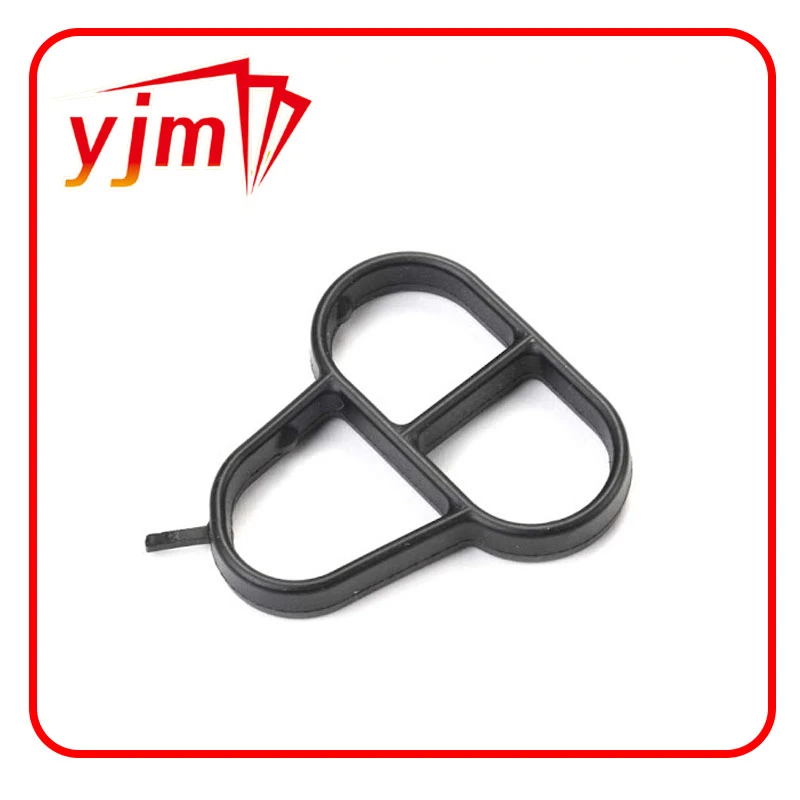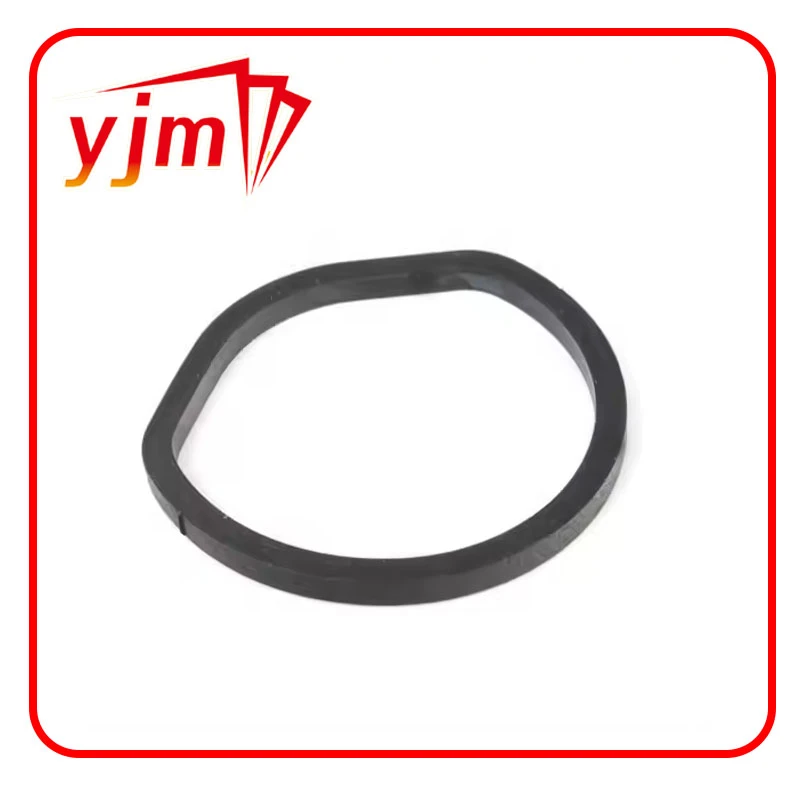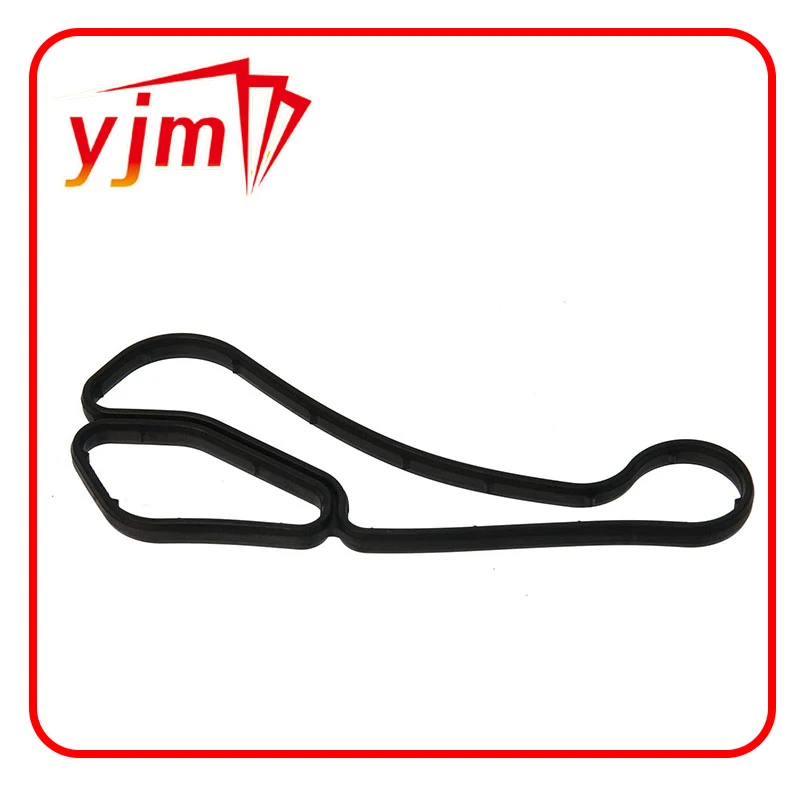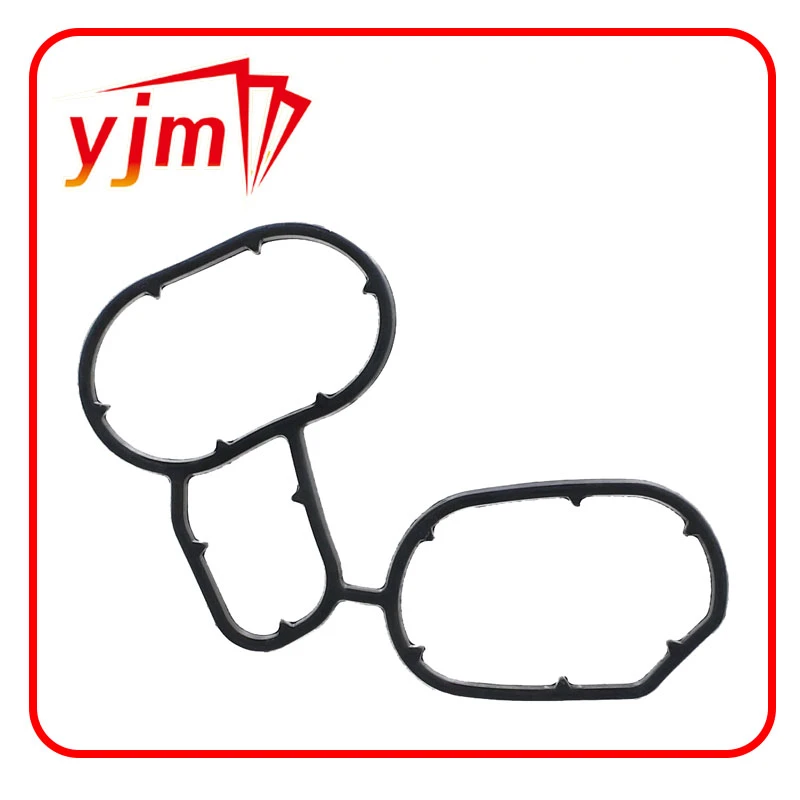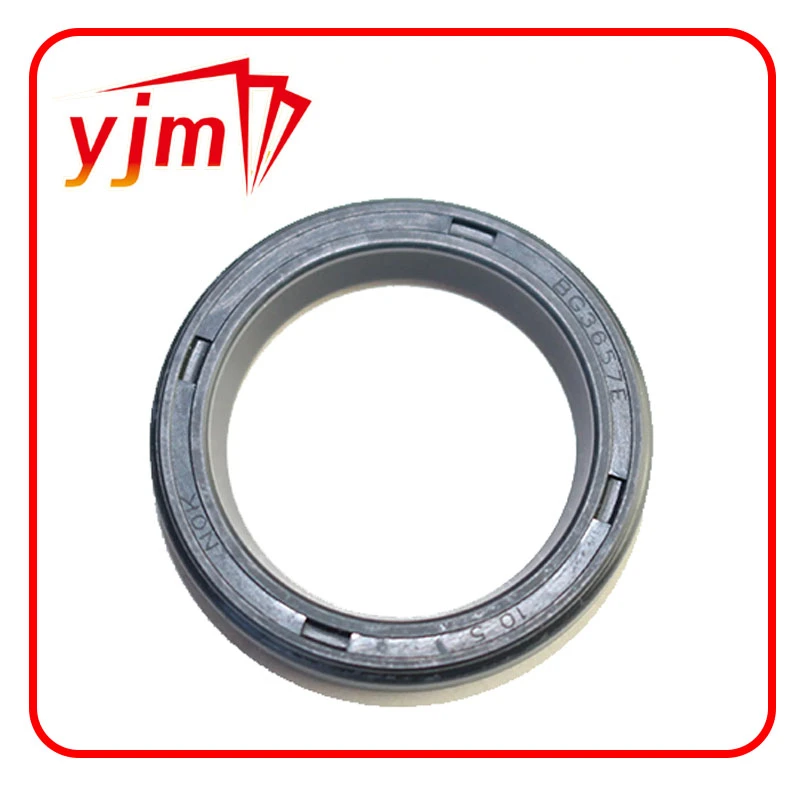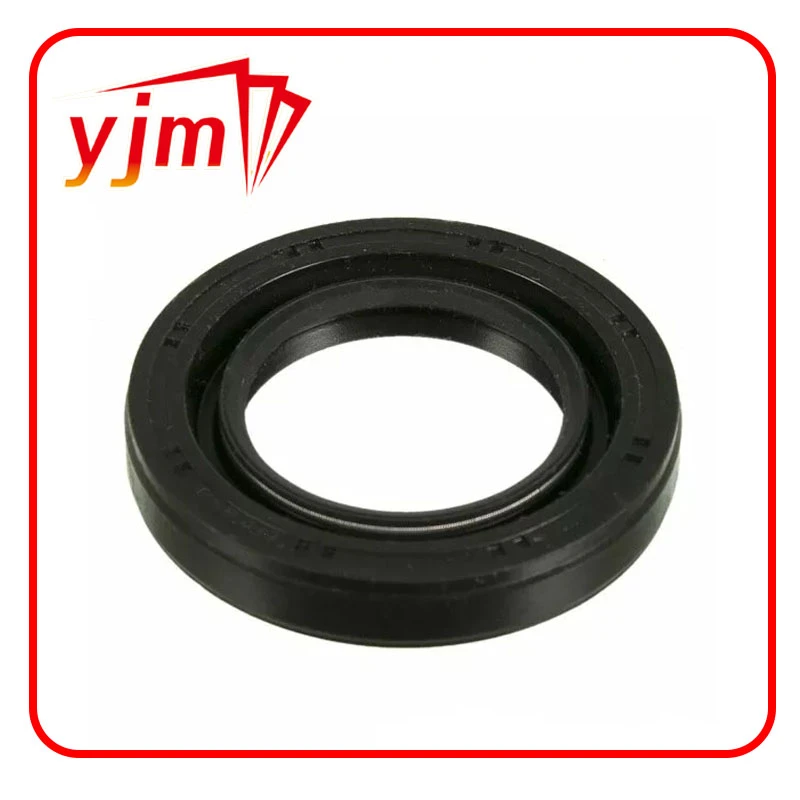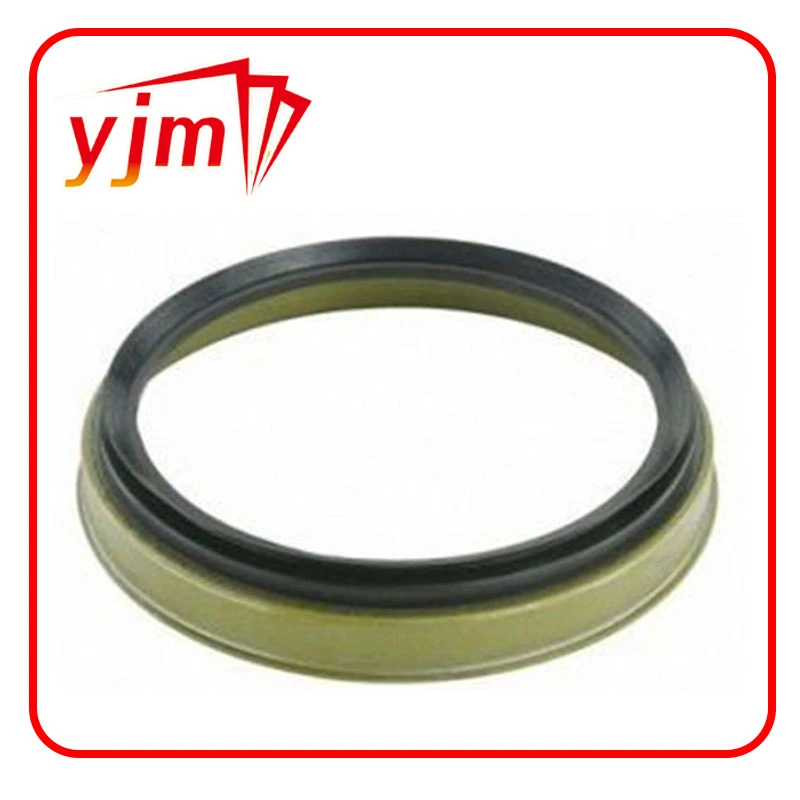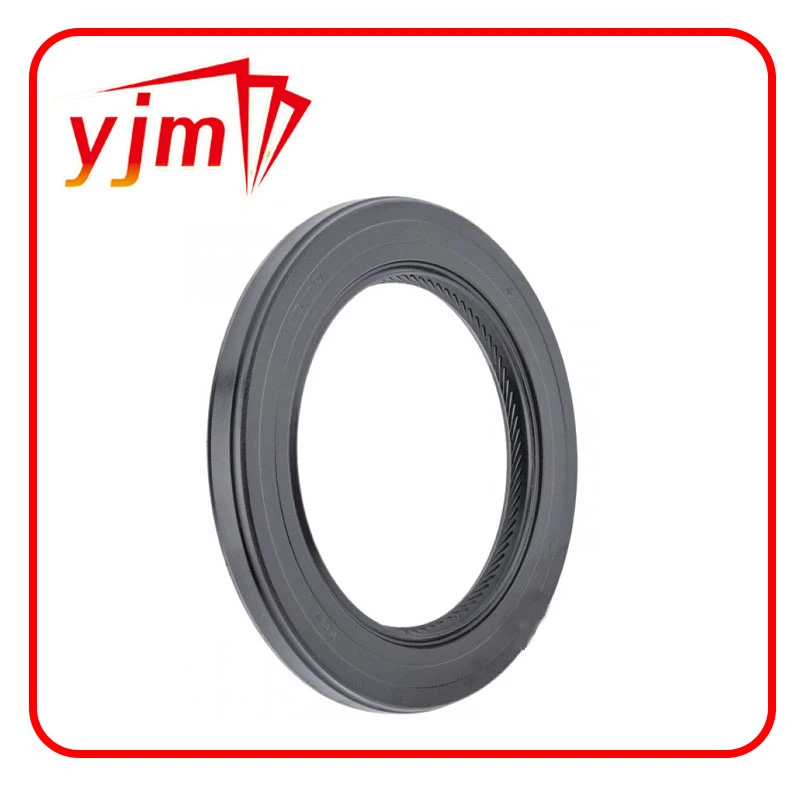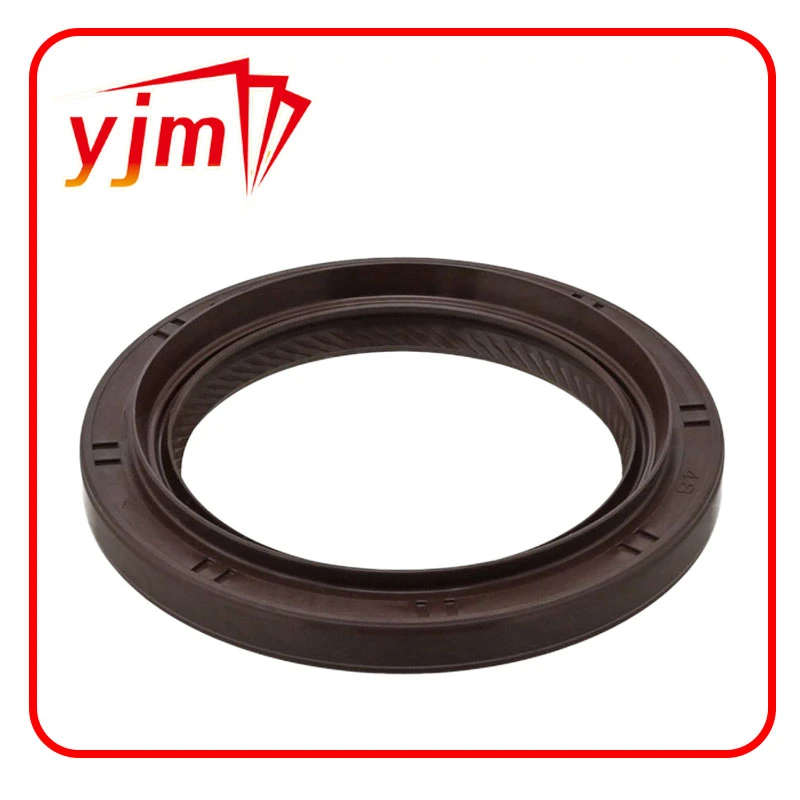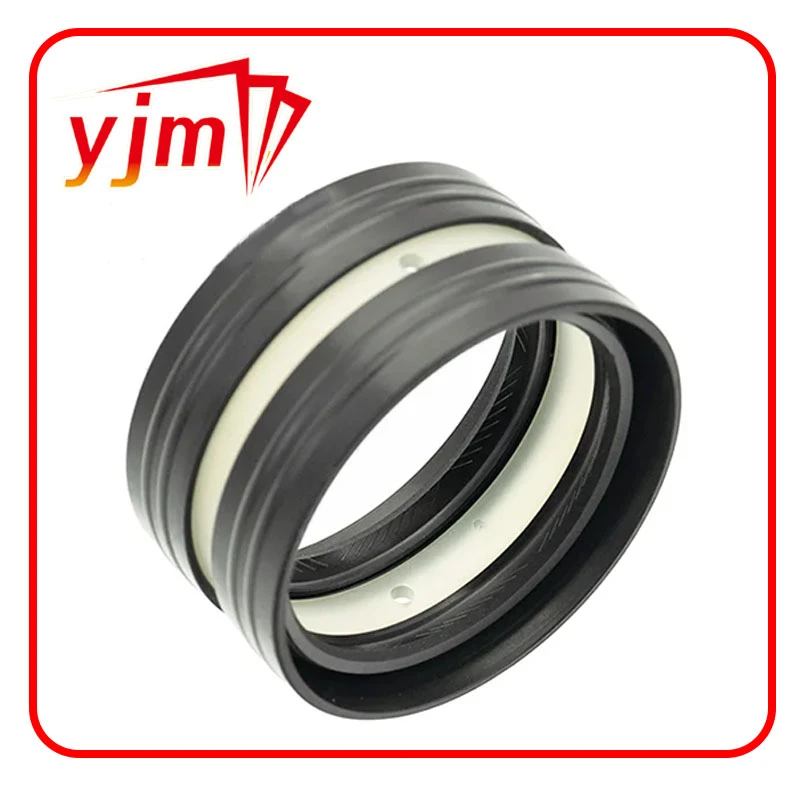Essential Oil Sealing Components: Enhancing Efficiency and Durability in Machinery
In machinery, automotive systems, and industrial equipment, effective sealing solutions are crucial for maintaining lubrication, preventing leaks, and ensuring long-term performance. While oil seals are widely recognized for these functions, other components such as oil seal washer, oil stem seals, oil tank gasket, oil tank seal, and oil wiper ring also play vital roles in fluid containment and contamination prevention.
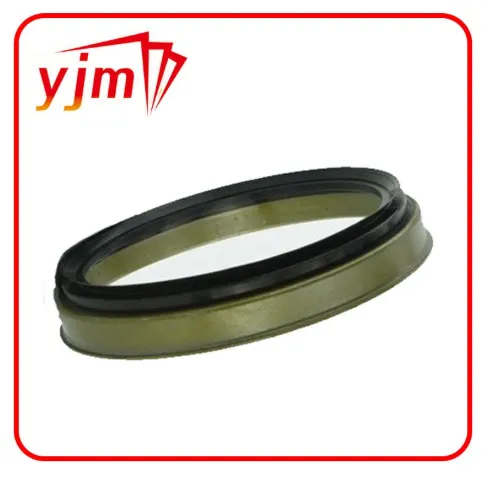
This article explores these five important sealing components, their applications, and how they contribute to overall system reliability and efficiency.
The Role of Complementary Oil Sealing Components
Oil systems are not limited to one type of seal. Different areas of an engine, hydraulic system, or oil tank require specific sealing elements designed for unique functions. Components like the oil seal washer or oil tank gasket are specially crafted to provide tight seals under various mechanical and environmental conditions.
Oil Seal Washer
The oil seal washer is a flat ring-like component typically made from metal or rubber-coated material. It is used in conjunction with bolts or fittings to create a leak-proof seal around fasteners in oil systems. Commonly found in automotive engines and hydraulic systems, its primary functions include:
Preventing oil leakage at joints or interfaces
Absorbing vibration between metal surfaces
Supporting uniform distribution of pressure
Applications include:
Oil drain plugs
Gearbox covers
Engine block bolts
By sealing off threaded connections and interfaces, the oil seal washer helps reduce the risk of slow oil leaks that can lead to contamination, reduced lubrication, and component damage over time.
Oil Stem Seals
Oil stem seals (often referred to as valve stem seals) are crucial components in internal combustion engines. They control the amount of oil allowed to lubricate the valve stems, preventing oil from leaking into the combustion chamber while still allowing enough lubrication for smooth valve movement.
Benefits of oil stem seals:
Prevent oil burning and exhaust smoke
Reduce oil consumption
Improve engine performance and emissions
They are usually made from heat-resistant materials like Viton or PTFE to withstand the high-temperature environment of engine valves. Without proper oil stem seals, engines can suffer from poor combustion, fouled spark plugs, and higher maintenance costs.
Sealing Solutions for Oil Storage and Containment
Oil storage tanks and reservoirs require specialized sealing components that provide a secure barrier against oil leaks, fumes, and environmental contamination.
Oil Tank Gasket
The oil tank gasket is a flexible sealing element placed between the tank and its cover or outlet flange. These gaskets are typically made from rubber, cork, or composite materials designed to withstand prolonged exposure to oils, fuels, and harsh conditions.
Key functions of an oil tank gasket include:
Preventing oil leaks from joints and connections
Absorbing thermal expansion and contraction
Sealing irregular or uneven surfaces
Used in both stationary and mobile oil tanks, these gaskets are essential for:
Fuel storage tanks
Hydraulic reservoirs
Industrial oil containers
A compromised oil tank gasket can lead to oil leakage, safety hazards, and environmental violations, especially in industrial settings.
Oil Tank Seal
The oil tank seal often refers to sealing solutions at the cap, hatch, or inlet/outlet of an oil tank. Unlike the flat gasket, this seal may be shaped or molded to fit around threaded or complex openings.
Applications include:
Sealing oil tank lids or access ports
Preventing vapor emissions
Protecting against external contaminants like water or dust
Made from durable elastomers, oil tank seals are resistant to UV exposure, chemical attack, and temperature extremes. Whether for automotive fuel tanks or large-scale industrial storage, these seals are critical in maintaining oil integrity and safety.
Protecting Components with Dynamic Sealing
Some seals serve to protect internal parts from contaminants or to contain lubricant in moving systems, especially in hydraulic and pneumatic setups.
Oil Wiper Ring
The oil wiper ring is a dynamic sealing component used in hydraulic and pneumatic cylinders. It is installed on the rod end of the cylinder and is responsible for “wiping” excess oil, debris, or contaminants off the rod as it retracts into the cylinder.
Functions of the oil wiper ring include:
Preventing external contamination from entering the system
Reducing oil loss and maintaining clean internal lubrication
Extending the lifespan of seals and internal components
Made from materials such as polyurethane or PTFE, oil wiper rings are critical in harsh or dirty environments like:
Construction machinery
Agricultural equipment
Industrial presses
Without an effective oil wiper ring, contaminants can enter the cylinder, cause abrasion, and lead to internal leaks or seal failure. As a result, this small component plays a large role in system performance and maintenance cost reduction.
Maximizing System Efficiency with the Right Sealing Components
While primary oil seals like rotary shaft seals are widely known, secondary sealing components such as the oil seal washer, oil stem seals, oil tank gasket, oil tank seal, and oil wiper ring are equally vital in comprehensive sealing systems. Each of these components serves a unique function — whether it's maintaining pressure, controlling oil flow, or preventing environmental contamination.
Key Takeaways:
The oil seal washer prevents leaks around bolts and plugs, offering mechanical and pressure support.
Oil stem seals ensure optimal lubrication in engine valves while preventing oil from entering the combustion chamber.
The oil tank gasket and oil tank seal work together to secure oil storage systems, preventing leaks and ensuring safety.
The oil wiper ring protects hydraulic cylinders by keeping external contaminants out and internal lubrication in.
By understanding and utilizing these sealing components appropriately, engineers and technicians can improve machinery lifespan, enhance efficiency, and minimize downtime across various mechanical and industrial applications.
-
Seal 12x20x5: Precision Radial Shaft Seals for Industrial Reliability
خبریں Nov.24,2025
-
Seal 12x18x5: Essential Guide to Specifications, Applications & Vendors
خبریں Nov.24,2025
-
Understanding Seal 12 20 5: Applications, Specifications & Industry Insights
خبریں Nov.23,2025
-
Durable Oil Seal 85x110x12 – Reliable Sealing Solutions for Industry
خبریں Nov.23,2025
-
Durable and Precise Oil Seal 75x95x10 for Efficient Machinery | YJM Seal
خبریں Nov.22,2025
-
Durable Oil Seal 75x100x10 for Reliable Industrial Performance | YJM Seal
خبریں Nov.22,2025
-
High-Quality Oil Seal 65x90x10 | Durable & Reliable Sealing Solutions
خبریں Nov.22,2025
مصنوعات کے زمرے

